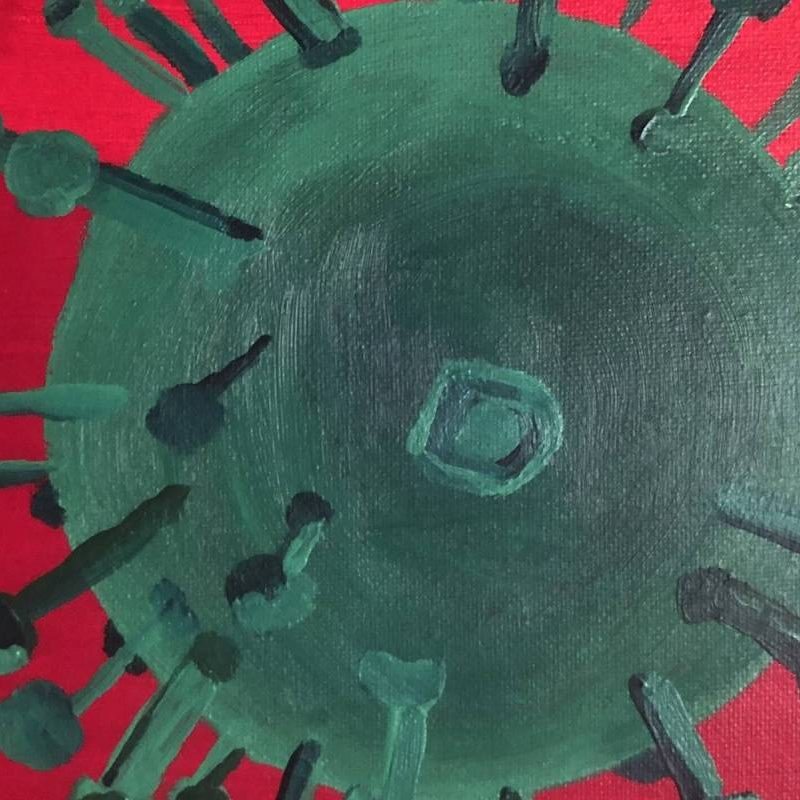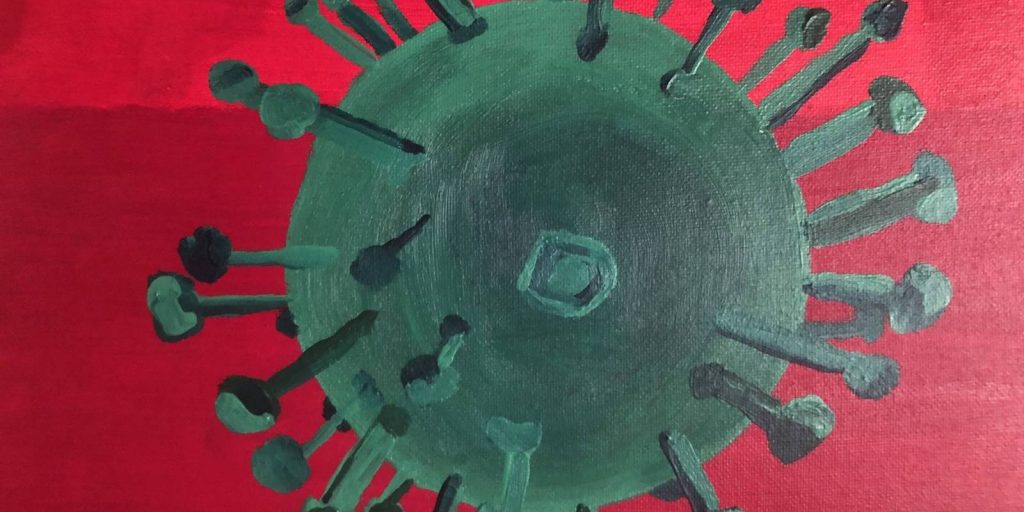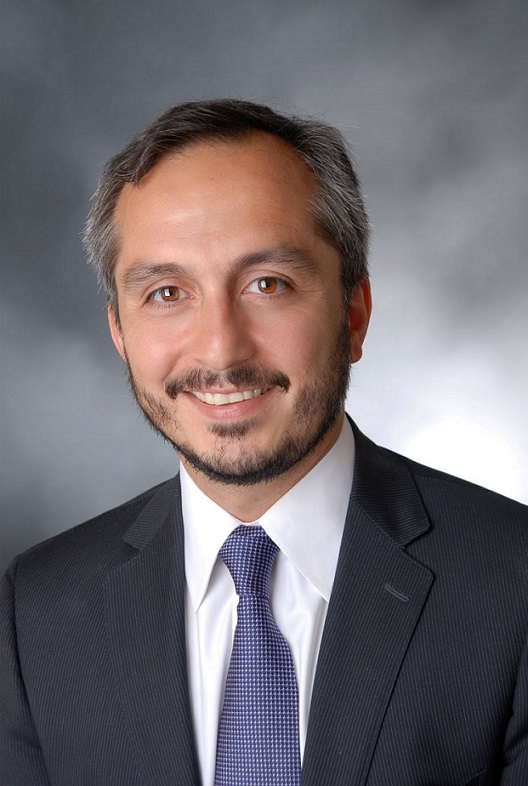Next Webinar 11 November

Please join us on 11 November at 1600 CET for the next PANSOC webinar with Sharon DeWitte from the University of South Carolina. Contact jessicad@oslomet.no for a link.
Social Inequality and Pandemic Mortality: the Biosocial Context of the 14th-Century Black Death
Dr. DeWitte will discuss her bioarchaeological research on demographic and health trends before, during, and after the 14th-century Black Death in London. Her research reveals declines in health before the Black Death, but improvements thereof in the aftermath of the epidemic. These trends occurred in the context of changes in social inequality, highlighting its potential role in shaping health outcomes during infectious disease pandemics.
Dr. Sharon DeWitte (PhD. 2006, Pennsylvania State University) is a Distinguished Professor of Anthropology at the University of South Carolina. She is a biological anthropologist who specializes in paleodemography and paleoepidemiology – the reconstruction of population-level patterns of demography (mortality, fertility, and migration) and health using human skeletal remains ethically excavated and curated from archaeological sites. She is particularly interested in infectious diseases and famine conditions in the past, and focuses on determining how factors such as sex, gender, social status, health, developmental stress, nutritional status, and geographic origin affected risks of mortality during such crises. For over 15 years, her research has primarily focused on trends in health and demography before, during, and after the 14th-century outbreak of bubonic plague, the “Black Death”, in England. She is also generally interested in expanding the tools available to bioarchaeologists to examine health in the past in ways that put them in dialogue with human biologists studying living people. Her research has been supported by the National Science Foundation, the Wenner-Gren Foundation, the American Association of University Women, and the School for Advanced Research.







